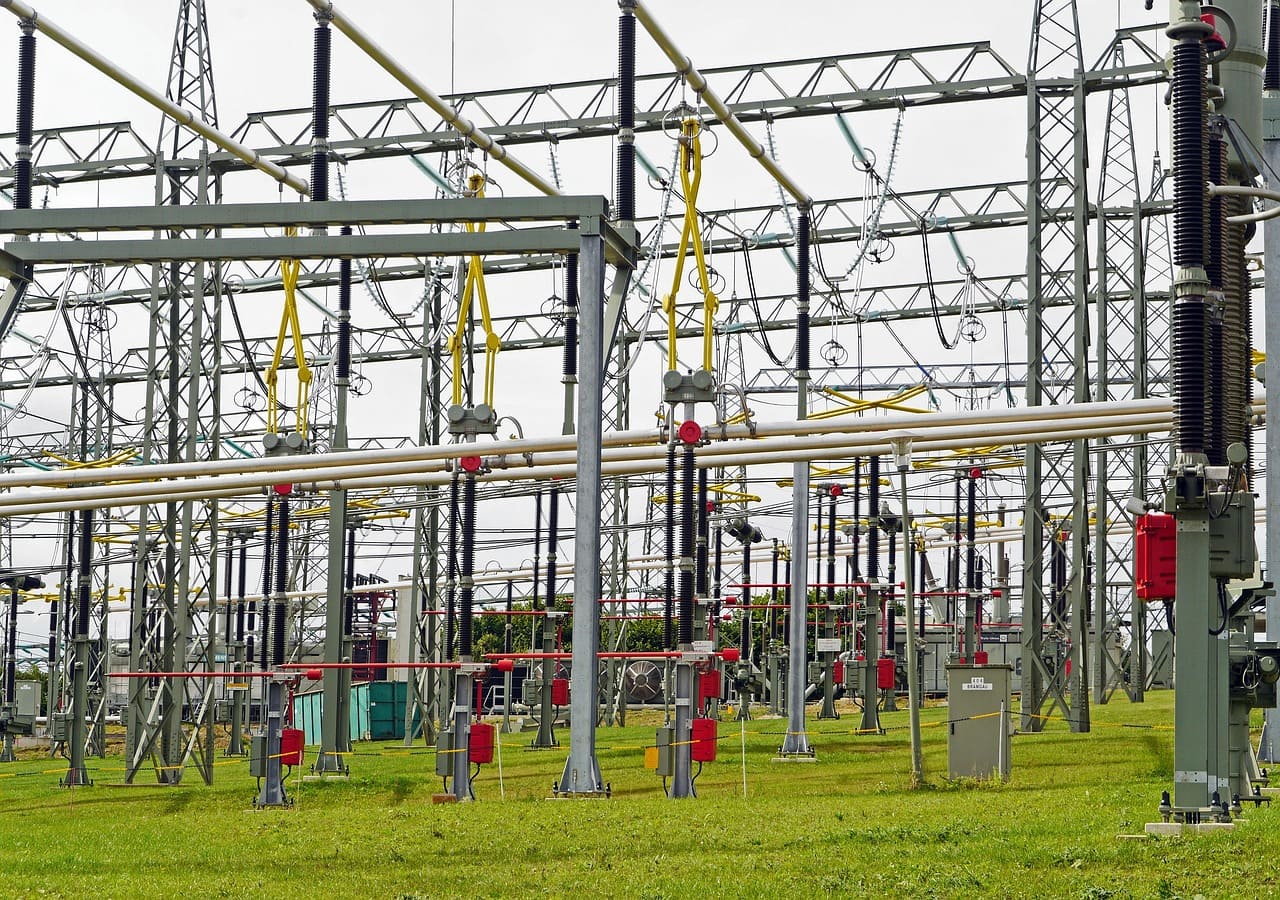In response to the Iberian blackout, Spain has unveiled a new set of grid upgrades aimed at enhancing voltage control, system stability, and renewable capacity.

Goal: strengthen the electrical grid
Spain has approved 65 new measures to enhance the resilience of its electricity grid. These initiatives aim to improve voltage control, maintain system stability during fluctuations, and overall reinforce the national power infrastructure. They come in direct response to the Iberian blackout that left large areas of Spain, Portugal, and part of France without electricity on April 28.
The massive outage prompted the Sánchez government to act. On July 8, the Council of Ministers officially adopted the list of interventions, which will be added as a Specific Amendment to the 2021–2026 Electricity Transmission Grid Development Plan. According to Spain’s Ministry for the Ecological Transition, the plan is now entering its implementation phase.
The move follows a government investigation into the causes of the outage. The probe ruled out any cyberattack and instead pointed to a multifactorial origin behind the widespread power failure.
Spain’s strategy after the Iberian blackout
The approved projects focus explicitly on grid resilience. A key measure is the installation of synchronous compensators: electric machines that do not drive mechanical loads but provide continuous regulation of reactive power, and therefore voltage, within the grid. These devices also add inertia to the system, helping prevent sudden spikes or drops in voltage and frequency. Additionally, they boost the grid’s capacity to integrate new renewable energy sources.
Spain currently has no synchronous compensators. The plan calls for eight units to be installed across the mainland and two more in the Canary Islands, on La Palma and Lanzarote.
Another component of the amendment involves deploying a Flexible AC Transmission System (FACTS) in Catalonia, near Spain’s interconnections with the rest of Europe. This system will help dampen power oscillations. The plan also includes refurbishing and installing new reactance equipment for better distributed voltage control, expanding substations, and increasing the supply of switching relays.
Finally, new infrastructure is being added to connect emergency generation systems in the Canary Islands, as part of a broader effort between MITECO and the regional government to improve the islands’ energy security.












